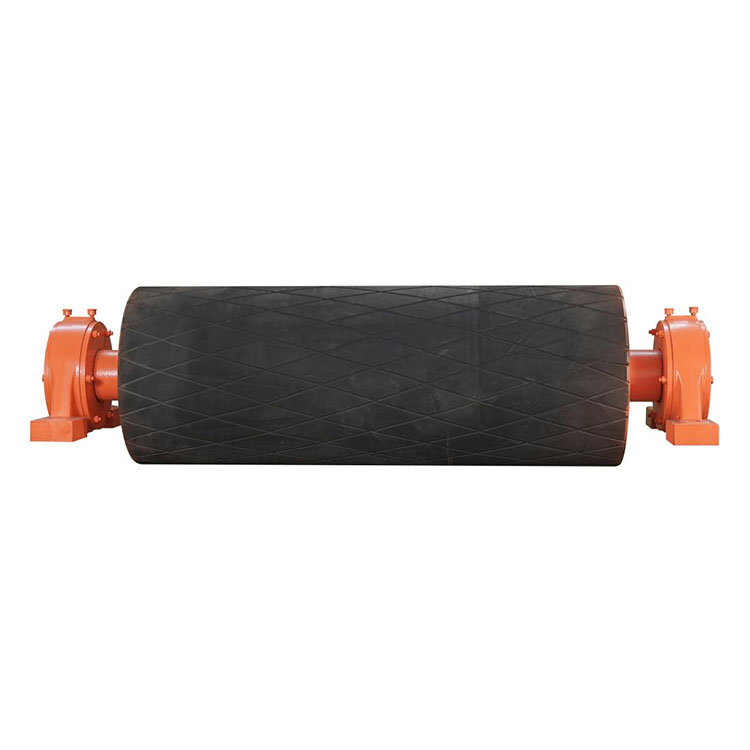 English
English 简体中文
简体中文  Esperanto
Esperanto  Afrikaans
Afrikaans  Català
Català  Cymraeg
Cymraeg  Galego
Galego  繁体中文
繁体中文  Latviešu
Latviešu  icelandic
icelandic  ייִדיש
ייִדיש  беларускі
беларускі  Hrvatski
Hrvatski  Kreyòl ayisyen
Kreyòl ayisyen  Shqiptar
Shqiptar  Malti
Malti  lugha ya Kiswahili
lugha ya Kiswahili  አማርኛ
አማርኛ  Bosanski
Bosanski  Frysk
Frysk  ភាសាខ្មែរ
ភាសាខ្មែរ  ქართული
ქართული  ગુજરાતી
ગુજરાતી  Hausa
Hausa  Кыргыз тили
Кыргыз тили  ಕನ್ನಡ
ಕನ್ನಡ  Corsa
Corsa  Kurdî
Kurdî  മലയാളം
മലയാളം  Maori
Maori  Монгол хэл
Монгол хэл  Hmong
Hmong  IsiXhosa
IsiXhosa  Zulu
Zulu  Punjabi
Punjabi  پښتو
پښتو  Chichewa
Chichewa  Samoa
Samoa  Sesotho
Sesotho  සිංහල
සිංහල  Gàidhlig
Gàidhlig  Cebuano
Cebuano  Somali
Somali  Тоҷикӣ
Тоҷикӣ  O'zbek
O'zbek  Hawaiian
Hawaiian  سنڌي
سنڌي  Shinra
Shinra  Հայերեն
Հայերեն  Igbo
Igbo  Sundanese
Sundanese  Lëtzebuergesch
Lëtzebuergesch  Malagasy
Malagasy  Yoruba
Yoruba  Español
Español  Português
Português  русский
русский  Français
Français  日本語
日本語  Deutsch
Deutsch  tiếng Việt
tiếng Việt  Italiano
Italiano  Nederlands
Nederlands  ภาษาไทย
ภาษาไทย  Polski
Polski  한국어
한국어  Svenska
Svenska  magyar
magyar  Malay
Malay  বাংলা ভাষার
বাংলা ভাষার  Dansk
Dansk  Suomi
Suomi  हिन्दी
हिन्दी  Pilipino
Pilipino  Türkçe
Türkçe  Gaeilge
Gaeilge  العربية
العربية  Indonesia
Indonesia  Norsk
Norsk  تمل
تمل  český
český  ελληνικά
ελληνικά  український
український  Javanese
Javanese  فارسی
فارسی  தமிழ்
தமிழ்  తెలుగు
తెలుగు  नेपाली
नेपाली  Burmese
Burmese  български
български  ລາວ
ລາວ  Latine
Latine  Қазақша
Қазақша  Euskal
Euskal  Azərbaycan
Azərbaycan  Slovenský jazyk
Slovenský jazyk  Македонски
Македонски  Lietuvos
Lietuvos  Eesti Keel
Eesti Keel  Română
Română  Slovenski
Slovenski  मराठी
मराठी  Srpski језик
Srpski језик
What is a Conveyor Pulley
2024-10-02

What are the different types of Conveyor Pulleys?
There are three main types of conveyor pulleys: head pulley, tail pulley, and bend pulley. The head pulley is located at the discharge end of the conveyor system and is driven by an electric motor. The tail pulley is located at the opposite end of the system and provides a tensioning mechanism to the belt. Bend pulleys are used to change the direction of the conveyor belt.What are the factors that affect the design of a Conveyor Pulley?
The design of a conveyor pulley is dependent on various factors like the type of belt, the weight of the load, the speed of the belt, and the environment in which it will be used. The size and diameter of the pulley are also critical factors that are taken into consideration during the design process.What are the benefits of using Conveyor Pulleys?
Conveyor pulleys are an essential component of a conveyor system, and they offer numerous benefits like improved efficiency, reduced belt slippage, reduced maintenance costs, and increased safety. The use of high-quality pulleys also helps to extend the life of the conveyor system and reduces downtime. In summary, conveyor pulleys are an essential component of any conveyor system, and they offer numerous benefits like improved efficiency, reduced maintenance costs, and increased safety. The type of pulley used is dependent on various factors like the type of belt, the weight of the load, the speed of the belt, and the environment in which it will be used. At Jiangsu Wuyun Transmission Machinery Co., Ltd., we specialize in the production of high-quality conveyor pulleys that are designed to meet the requirements of our clients. For more information about our products, please visit our website at https://www.wuyunconveyor.com or contact us at leo@wuyunconveyor.com.Research Papers:
1. D. Zhang, J. Luo, and Q. Han, (2017). Finite element analysis on drive pulley of belt conveyor. IEEE International Conference on Applied System Innovation, APSIPA, 38–51.
2. V. G. Gomma, M. S. Pasha, and A. S. Bhargava, (2018). Resistance monitoring system for conveyor belt drives pulleys. International Journal of Electrical Power & Energy Systems, 99, 353-358.
3. A. Osman, M. A. Ali, and H. M. Ali, (2019). Effective preventive maintenance strategies for belt conveyor systems. International Journal of Advanced and Applied Sciences, 6(6), 72-78.
4. C. Wang, X. Zhang, and X. Guo, (2018). Research on dynamic characteristics of belt conveyor pulley. IOP Conference Series: Materials Science and Engineering, 427(1), 121-129.
5. L. Pang, L. Gao, J. Han, and H. Xue, (2016). Study on the calculation of the tension force of the belt conveyor. 3rd International Conference on Materials Engineering, Automation and Control Systems (MEACS), 71-75.
6. R. Ahmad, S. Salman, and M. Gul, (2018). Design and development of a novel skip conveyor system. Journal of Mechanical Engineering and Sciences, 12(1), 3547-3557.
7. S. S. Hyun, K. S. Kim, and S. H. Kim, (2013). Error analysis of marking system for tire manufacturing process. International Journal of Precision Engineering and Manufacturing, 14(11), 1987-1992.
8. Y. Yang, G. Zhang, and J. Wu, (2014). Numerical research on the transfer process of bulk material in chute. IOP Conference Series: Earth and Environmental Science, 20(1), 012025.
9. X. Lin, W. Li, and T. Wang, (2018). Effect of mutual coupling between drive motors on the transient characteristics of heavy-duty belt conveyors. PLoS ONE, 13(2), e0192663.
10. C. Xiong, Y. Fu, and Z. Yu, (2016). Experimental study on the rubbing behaviors of granular salt transported by the flat belt conveyor at an ambient condition. Powder Technology, 299, 104-116.



